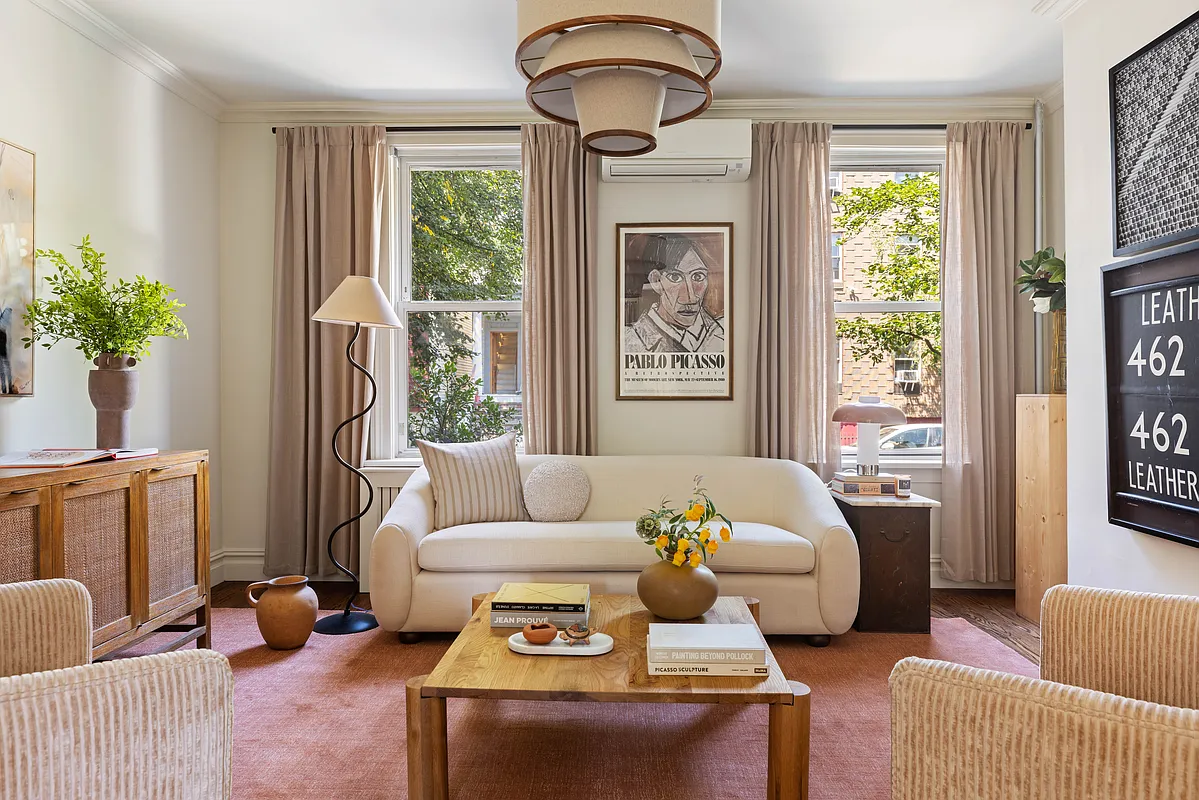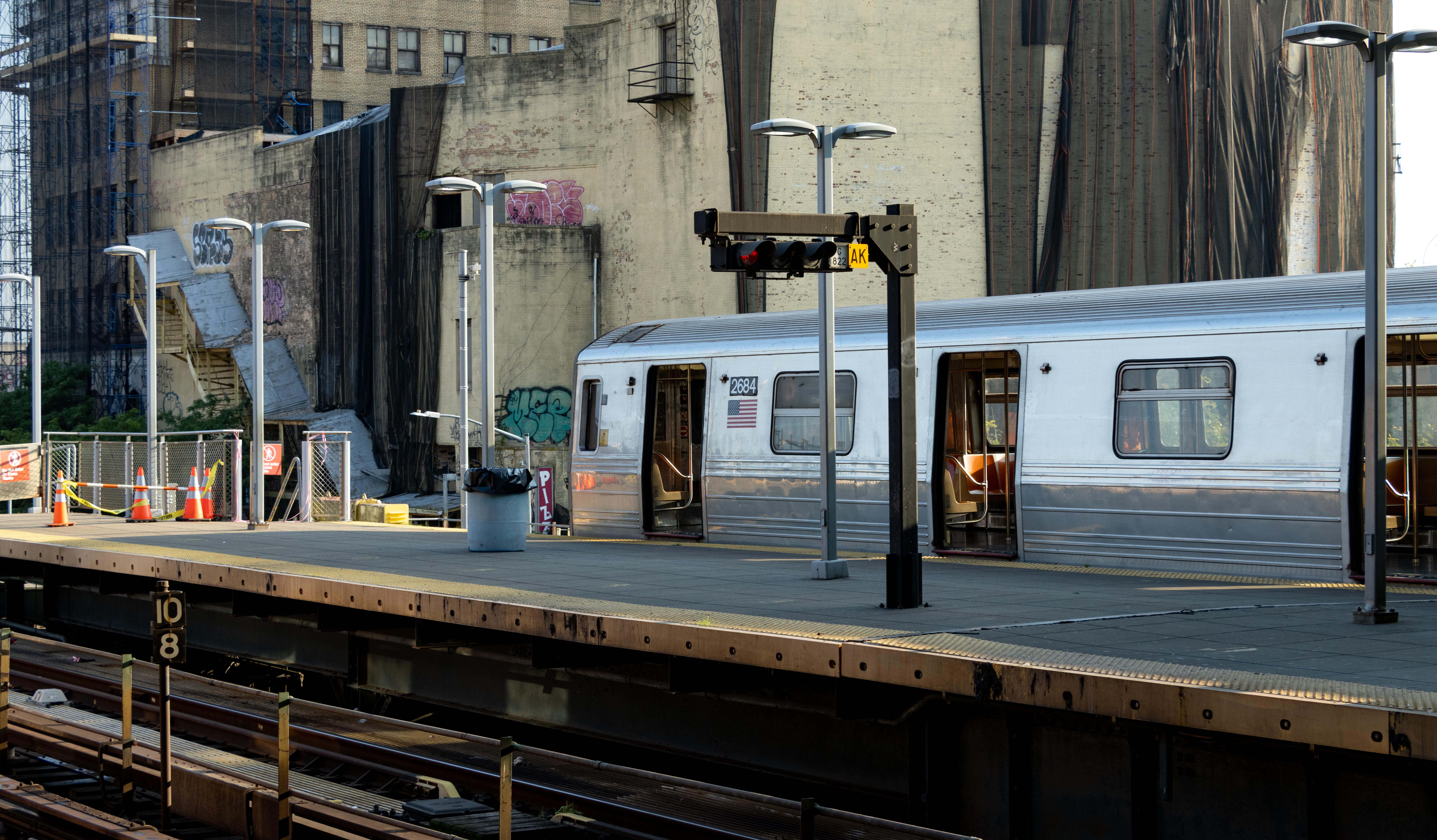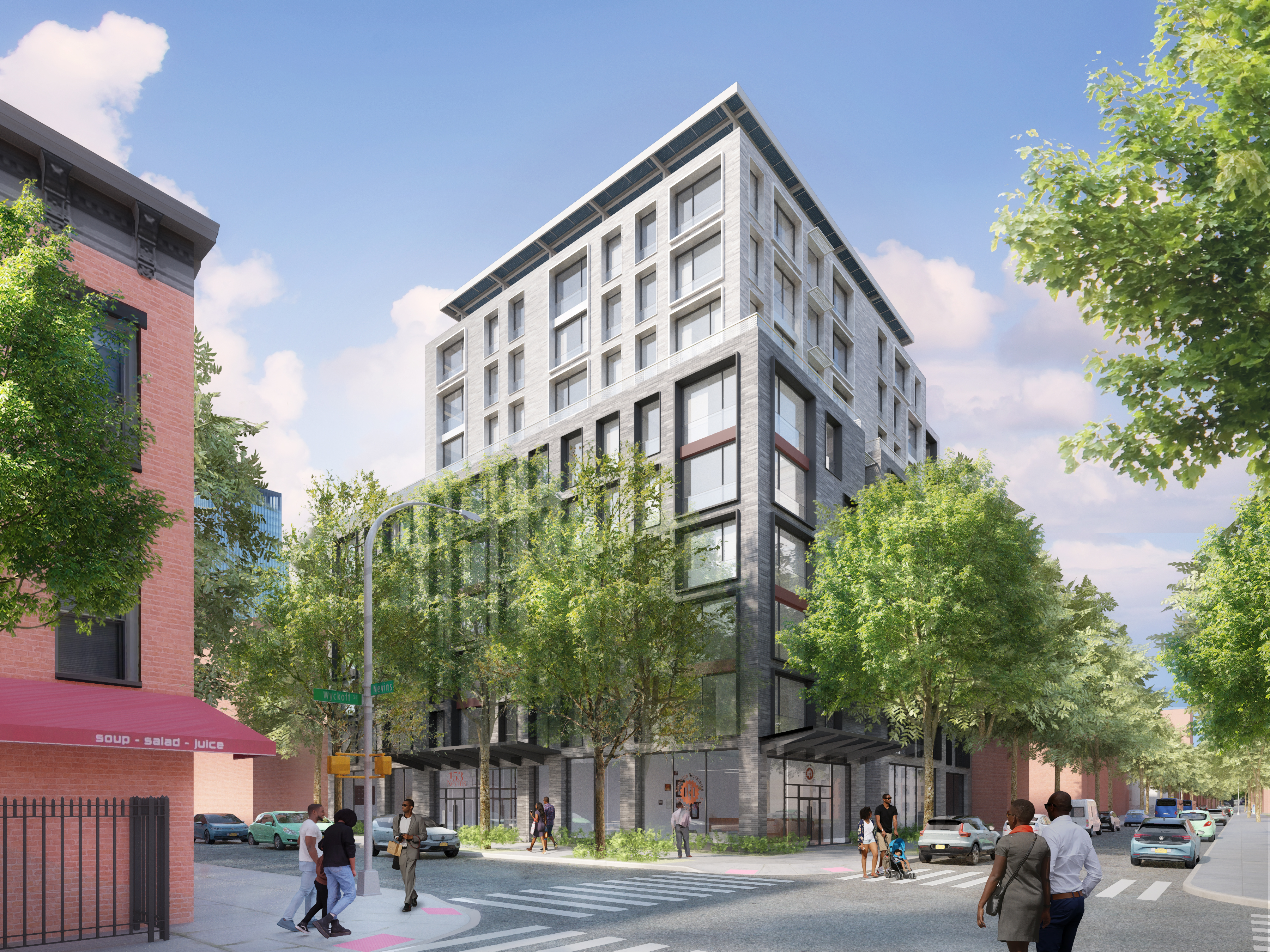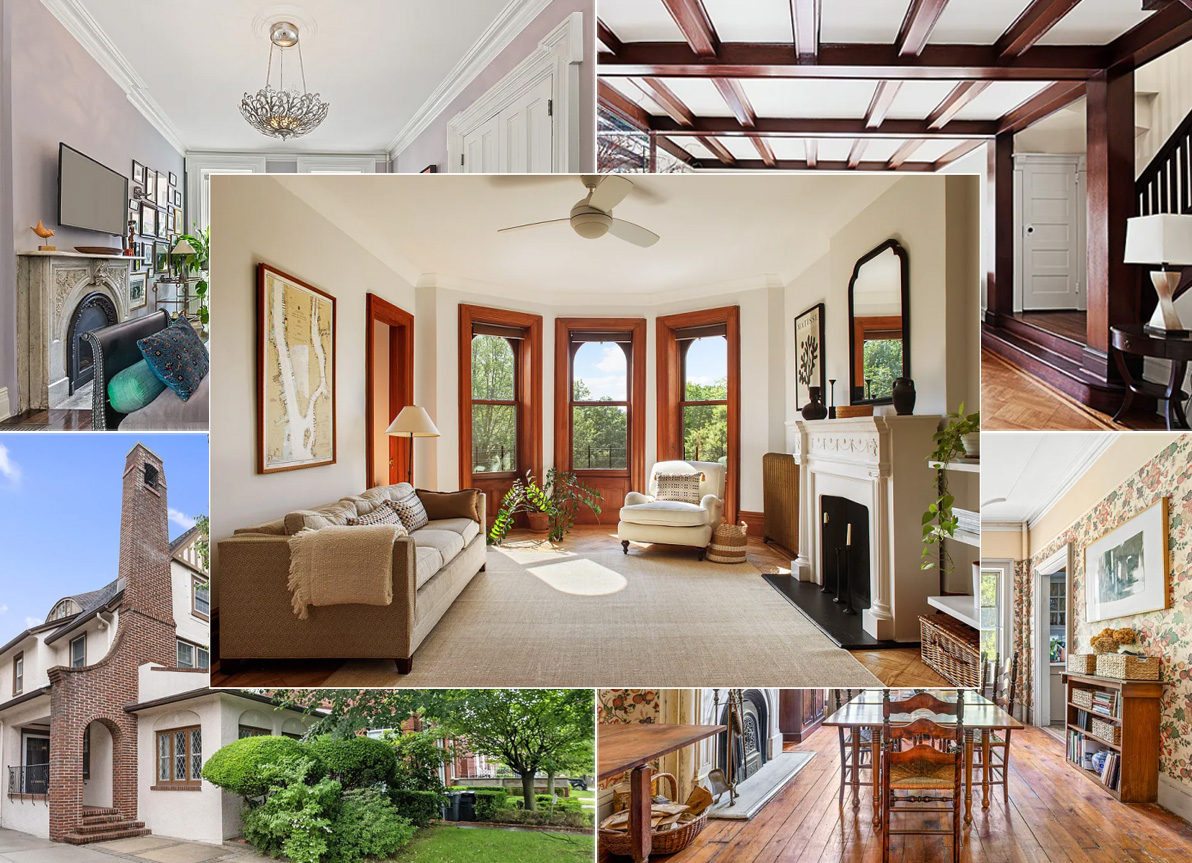Inside Third & Bond: Week 27
This week, the Hudson Companies bloggers turn their attention from waterproofing a neighbor’s building post-demo (above) to consider the world of high-finance. While most of the news from the financial world continues to be negative, in the world of real estate financing, there has been one bright spot amidst all the chatter about subprime loans,…


This week, the Hudson Companies bloggers turn their attention from waterproofing a neighbor’s building post-demo (above) to consider the world of high-finance.
While most of the news from the financial world continues to be negative, in the world of real estate financing, there has been one bright spot amidst all the chatter about subprime loans, bad loans and condo becoming a bad word for lenders: interest rates. As we discussed back in week 14, most construction loans have an adjustable rate based on the LIBOR index. As of this past Tuesday, the rate was 3.08%. Next week, it could be 2.5% or 4%, the rate adjusts daily (every morning at 6 am) with no guarantees about where it’s headed. The construction lender, in this case Wachovia, adds its spread to the LIBOR index to calculate the full interest rate we pay. A standard spread in today’s world is 250 basis points (aka 2.5%). The spread is meant to account for the bank’s risk and profit in lending on the project, and spreads are rising. If we close on our $25 million construction loan today (we’re aiming to close in the next 30 days), we’d be paying approximately 5.58% interest on the funds outstanding as long as LIBOR stays at 3.08%.
When we take a broad view of everything we do as developers, we’re conscious of the incredible risks to which we’re vulnerable: the risk of the sales market, construction cost inflation, interest rate risk, environmental risk, etc, etc. Any one factor can upend a project whether it’s the price of condos, the price of raw materials, high interest rates, terrorism, fear of terrorism, you name it. If we can mitigate our risk in any way, it’s one less thing to worry about at night. So even when interest rates are looking favorable, we have a debate on every project regarding whether we should swap our floating interest rate to a fixed rate in order to give us some peace of mind and offer some certainty about what our interest rates will be during construction.
Here’s where it gets fun…
Let’s say LIBOR is at 3.08% and we are very worried that interest rates are heading upwards. A bank might offer us the chance to swap our floating rate for a fixed rate of 4%. Would we take it? We might, knowing that we would immediately be paying a higher interest rate but realizing that in the long term we might be saving money once LIBOR exceeds 4%. It’s basically an insurance policy, paying a premium for certainty. So guess what the swap rate is today for a 2 year loan, i.e., the rate that will stay fixed for the duration of our construction project irrespective of how LIBOR moves? The answer…2.65%. That’s right, we can immediately save 43 basis points on our loan (3.08-2.65) and then have the certainty of that rate for 2 years. What’s going on? The answer is that the markets think LIBOR will fall well below 2.65% so they’ll still make money on our swap at 2.65%.
We had a conversation with our swap guru on this very subject. We asked, wait a second, if the market (which knows interest rates a lot better than we do) thinks that LIBOR is going to decrease significantly, why should we swap? Shouldn’t we just enjoy the low interest rates which will at some point drop below our swap rate? Aren’t we giving up some serious savings by swapping? His answer was: you’re already benefiting from rates potentially dropping since it’s incorporated into the rate (i.e., the swap rate is 2.65% though LIBOR is at 3.08%. Note that the spread doesn’t change—we’re only talking about the base rate). You get the benefit without rates having to actually decrease. We thought that was a pretty interesting answer. And so we got to thinking.
If we swap, we enjoy the certainty of a fixed interest rate but may not get the upside if rates really bottom out. Can we have our cake and eat it too? So we started to talk to the swap guru about swapping some of the loan but not all of it. Of our $25 million loan, what if we swap the rate on $15 million and enjoy the potential upside on the $10 million remaining? Better yet, swap guru, what if we buy a cap as insurance for the $10 million on the floating rate so that if instead of dropping, interest rates go sky high, we’ll never pay more than the cap rate, say 3.5% (for LIBOR)?
This all sounds almost too good to be true and then we remember that caps cost money. Just how much is a 3.5% LIBOR cap on $10 million?
The swap/cap guru said, a cap will cost approximately $50,000. But a collar will cost us nothing. Collar? If we agree to a cap of 3.5% (so that we’ll never pay more than 3.5% LIBOR) and we agree to a floor of 2% (meaning that even if LIBOR falls below 2%, we’d pay 2%), then the collar (a combination of a cap and a floor) won’t cost us anything.
Who’s still with us?
So to recap our swap/cap/collar…..We want interest rate certainty, yet we want to take advantage of really low interest rates if they fall. So we’re planning to swap $15 million at a fixed LIBOR rate of 2.65%. We’re letting the other $10 million of debt float daily according to the LIBOR index, but we’ll never pay more than 3.5% or less than 2%. Capiche?
Inside Third & Bond: Week 26 [Brownstoner]
Inside Third & Bond: Week 25 [Brownstoner]
Inside Third & Bond: Week 24 [Brownstoner]
Inside Third & Bond: Week 23 [Brownstoner]
From our lawyers: This is not an offering. No offering can be made until an offering plan is filed with the Department of Law of the State of New York.”





I think you meant “Whoa!”
Those as Freudian slips go, “woe” is a good word to describe where the swap rate is probably heading.
1:45, I think I confused you. We only pay $50K for a cap, a ceiling on interest rates. If we agree to a collar (cap & floor), we pay nothing.
2:01, I asked the guru, he replied that if the bond market starts to believe that the fed will lower the federal funds rate more than expected, than 2 year rates could fall. In June, 2003, the 2 year swap rate was as low as 1.5%. Woe!
I for one find this stuff interesting and would love a time capsule recap in a year or two. Thank you for posting on this topic.
I am curious, what is your guru’s view on 2-yr swap moving lower, likely or unlikely?
If I understand this correctly you are paying 50,0000 to protect you in case Libor falls below 2.65% but will always pay at least 2%?
Now I’m not great at math but it seems to me the maximum you can save is 15 basis points (after the 50 basis points collar costs are figured in) – on 10M that is $15,000 and in the meantime if rates stay exactly flat – you will be paying 43 basis points higher (and potentially more – capped at 85 basis points)
If my understanding and math are right – seems to me the risk reward favors simply swapping the entire loan at 2.65% and then you can spend your mornings worrying about construction and sales instead of watching the LIBOR rates.
Yes, much rather be debating which gentrified area of town a c-list celebrity should live in (see below) than discuss real estate development financing in light of the credit market turmoil.
Just when you think this series has maxed out its boredom potential…
Cool. Would it be another $50,000 to lift either side of the collar?
crickets…